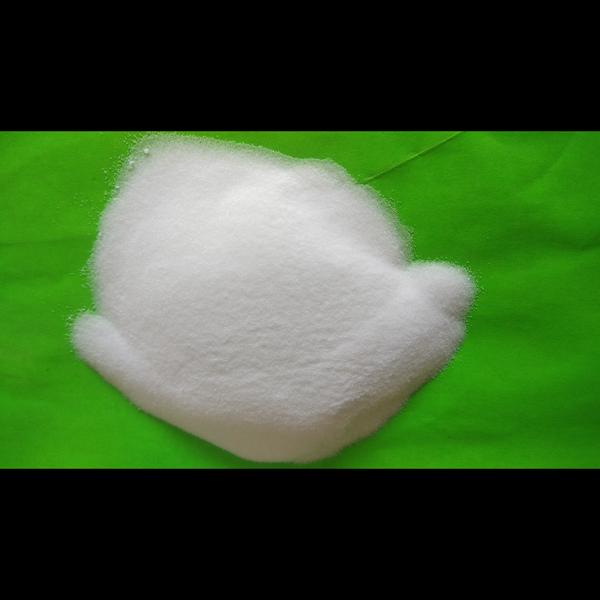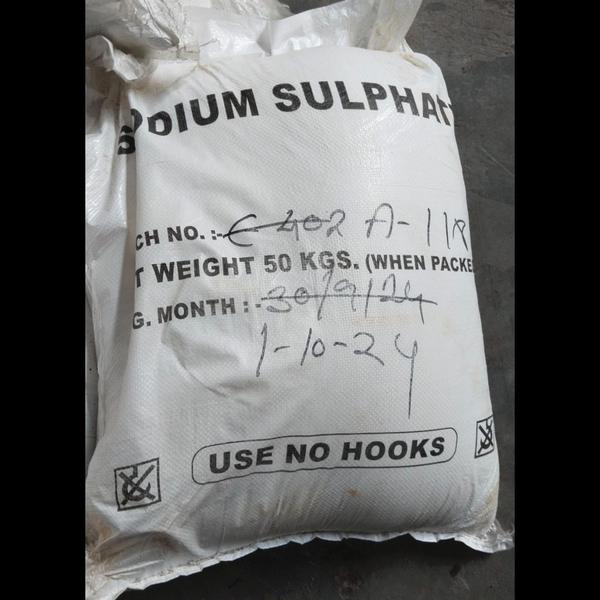Chemistry in the Colour (Dye & Pigment) Industry: Components and Applications
The colour industry — covering dyes, pigments, coatings, inks, and textiles — is built on complex organic and inorganic chemistry. India, being a global hub for dyes and intermediates (especially in Gujarat and Maharashtra), relies heavily on chemical science for innovation and export.
🔬 Key Chemistry Types in Colour Industry
1. Organic Chemistry
Focuses on carbon-based dye molecules.
Involves azo compounds, anthraquinones, phthalocyanines, etc.
Used in textile dyes, printing inks, leather finishes.
2. Inorganic Chemistry
Used in mineral-based pigments (e.g. titanium dioxide, iron oxide, chromium green).
Offers high durability and UV stability, mainly for paints, plastics, ceramics.
⚗️ Main Components in Colour Chemistry
A. Dyes (Soluble Colorants)
Type Base Chemistry Application
Azo Dyes –N=N– linkage (diazo compounds) Textiles, leather, paper
Anthraquinone Dyes Aromatic rings with carbonyls Blue/violet dyes for textiles
Reactive Dyes Covalent bond with fibers Cotton, cellulose
Vat Dyes Insoluble, reduced to soluble form Denim (indigo), cotton
Acid Dyes Sulfonated aromatic compounds Wool, silk, nylon
B. Pigments (Insoluble Colorants)
Type Chemistry Application
Organic Pigments Azo, phthalocyanine, quinacridone Inks, plastics, coatings
Inorganic Pigments Metal oxides, sulfides Automotive paint, construction
Metallic Pigments Aluminium, copper, bronze Decorative inks, coatings
🧪 Other Key Additives
Dispersants: Improve pigment suspension in water or oil (e.g. sodium lignosulfonate).
Binders: Help pigments stick to surfaces (e.g. acrylic emulsions).
Solvents: Adjust viscosity (e.g. water, ethanol, mineral spirits).
UV Stabilizers: Protect color from fading (e.g. benzophenones, HALS).
Surfactants & Wetting Agents: Improve dye absorption and consistency.
🏭 Industrial Applications
Textile dyeing and printing
Paints & coatings (automotive, architecture)
Printing inks (flexo, offset, gravure)
Plastic coloration (masterbatches)
Cosmetic and food-grade colorants
🌍 India’s Role
India exports reactive dyes, intermediates (like H-acid, vinyl sulfone), and disperse dyes globally.
Major production in Ankleshwar, Vapi, Ahmedabad, Surat, Dombivli.



